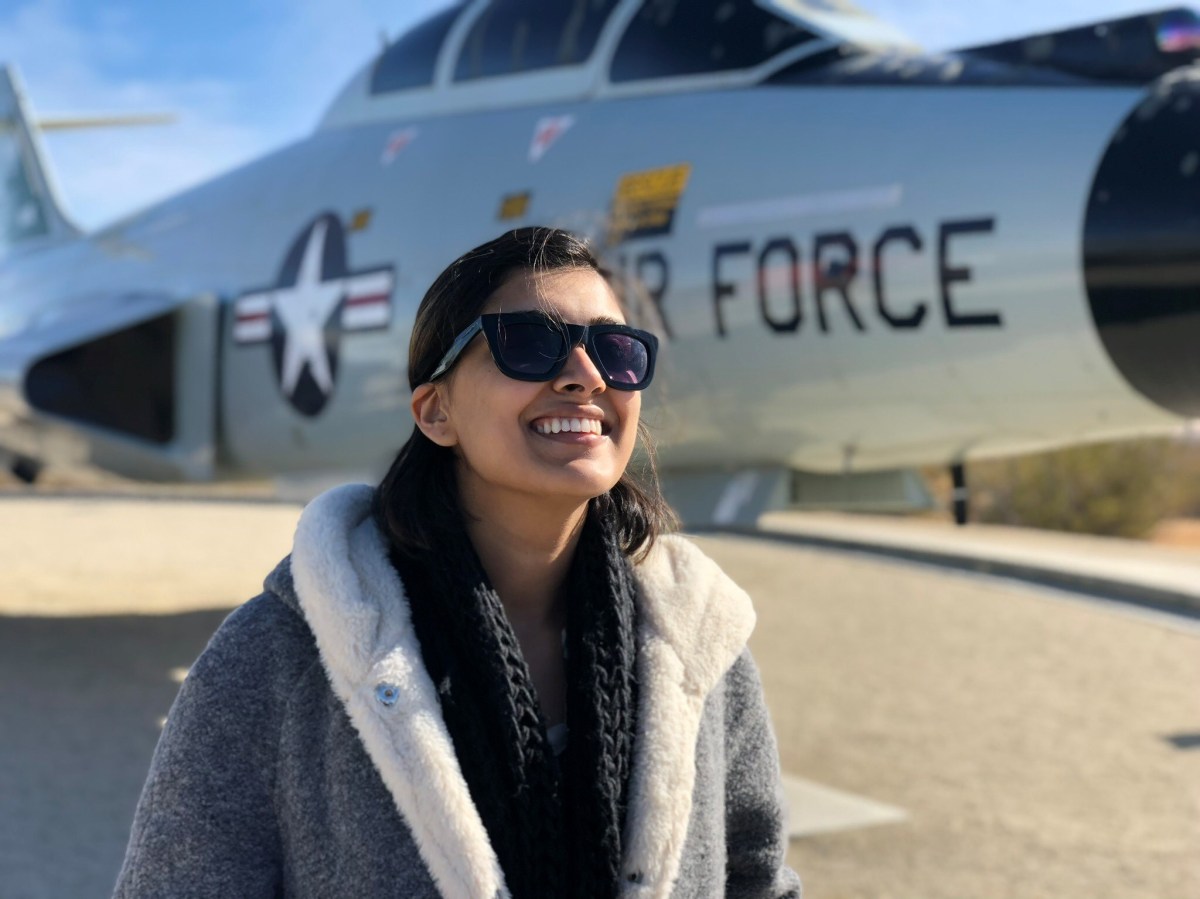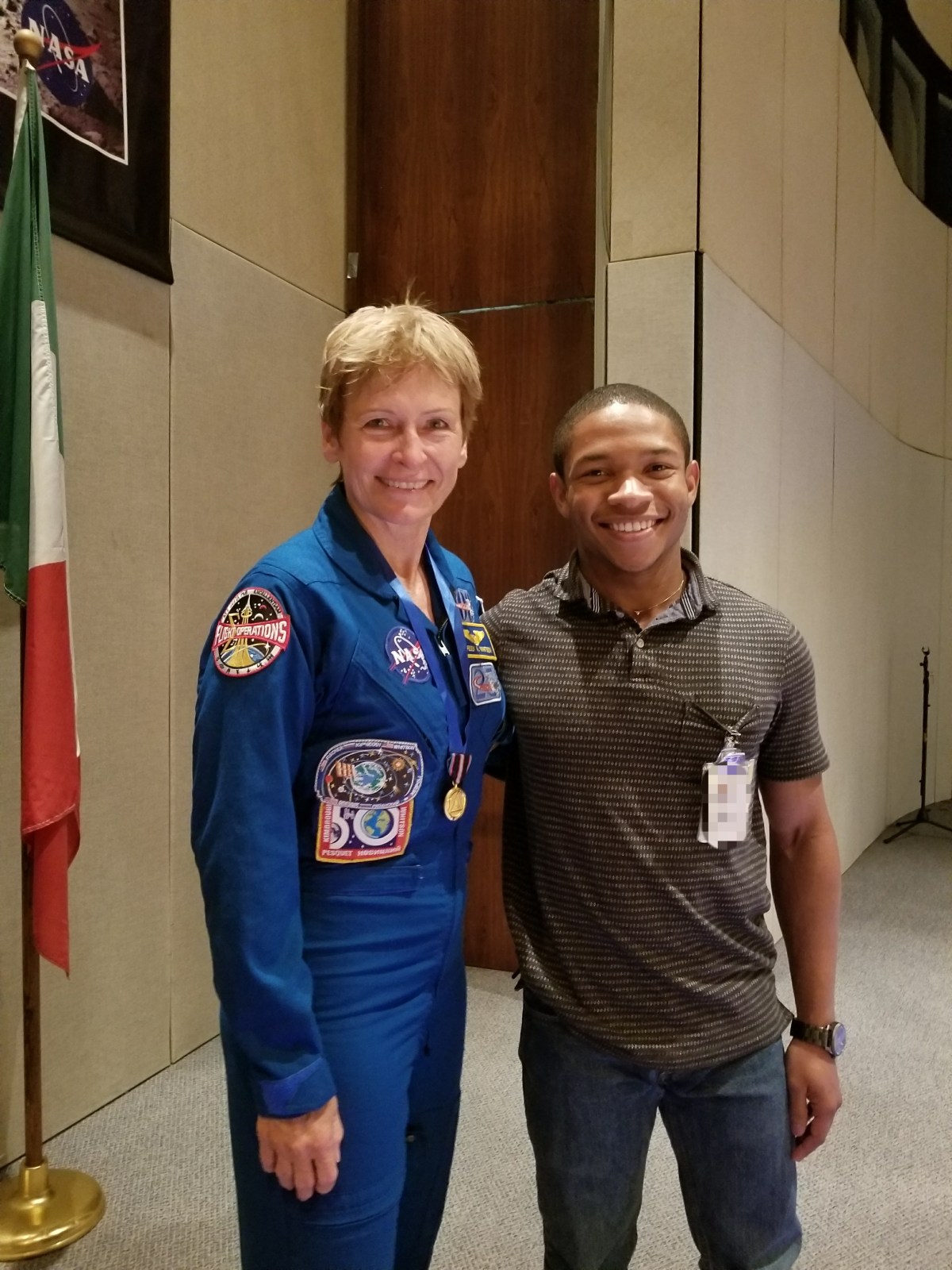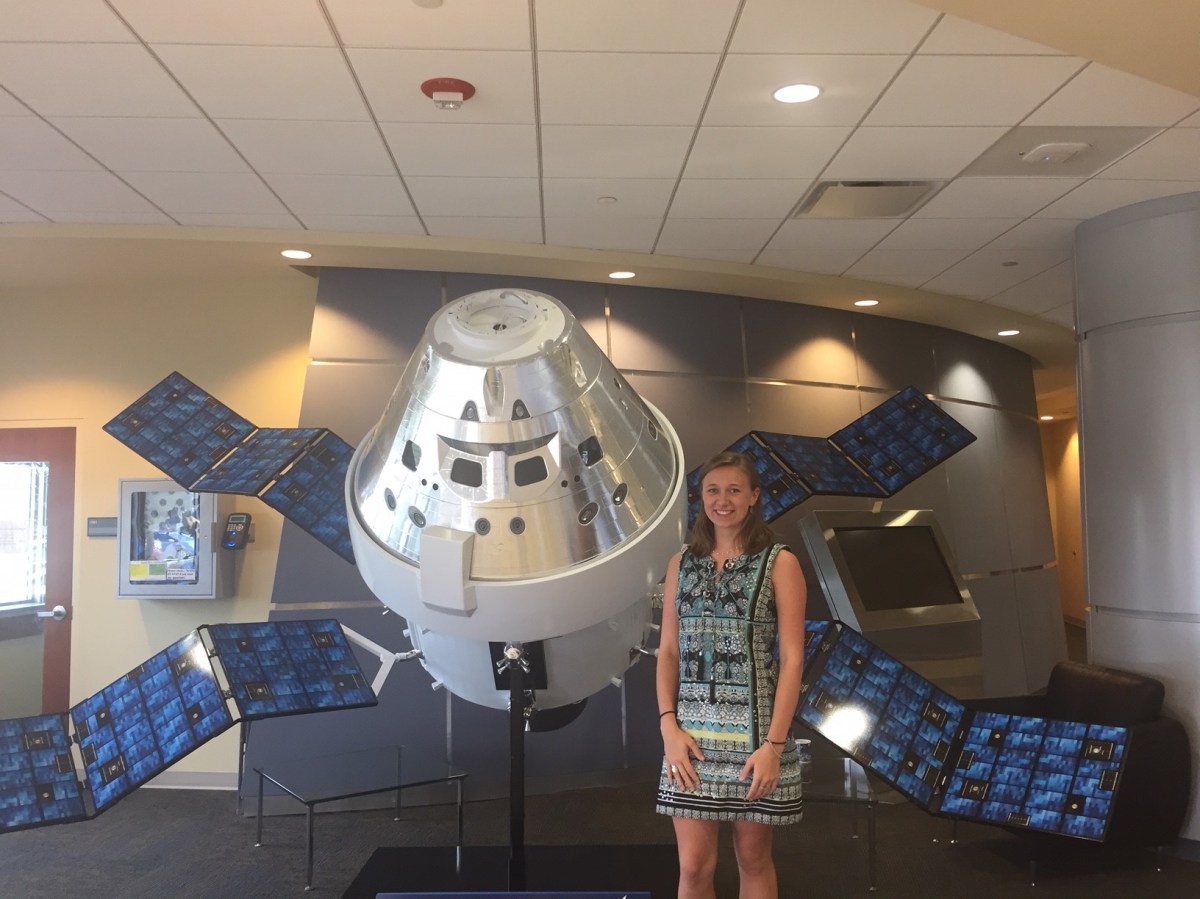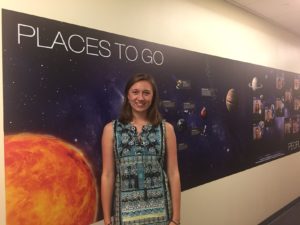Hi there! My name is Tanya Gupta and I am a senior studying Mechanical Engineering at NYU’s Tandon School of Engineering. This spring, I am serving as the Ops Lead on the PRANDTL-M (Preliminary Research Aerodynamic Design to Land on Mars) aircraft at Armstrong Flight Research Center.
The mission of the PRANDTL-M is to implement Ludwig Prandtl’s 1933 bird based wing design on an aircraft that is intended to perform the first ever Martian flight. To give some perspective, the Curiosity mission to Mars jettisoned the rover with a 140-pound tungsten weight from its back shell in order to balance the asymmetrical weight of the device. PRANDTL-M hopes to replace this dead weight on future Mars missions with something more useful, like a glider that will acquire data of Martian atmosphere and potentially perform spatial mapping of the surface.
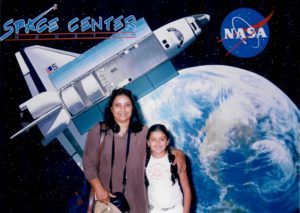
From the moment I got to Armstrong, I felt incredibly welcomed and treated with respect. My project mentor and coworkers have made me feel more than qualified and helped me build confidence in my abilities as an engineer. My opinion here is valued just as much as everyone else’s, which I believe to be a rare quality to find in an internship, especially one operating at such a high level. In addition to that, I believe in the value of encouraging women to pursue STEM, recognizing that reinforcement breeds excellence – and I am grateful that NASA shares this sentiment.
One of my many mentors is Al Bowers, who is the expert on Prandtl’s alternative wing theory. Al is the Chief Scientist of Armstrong, which you would imagine would make him incredibly intimidating. To the contrary, he’s made us interns feel right at home from the start. He’s also the coolest person I’ve ever met – which I decided one day when he casually told me about the time he hung out with Buzz Aldrin. If there is anything I would like to take away from my experience with Al, it’s that I hope to be half as dedicated, half as intelligent, and half as passionate about my career as him when I’m his age. And perhaps one day I will – after all, he began his journey at NASA as an intern, too.
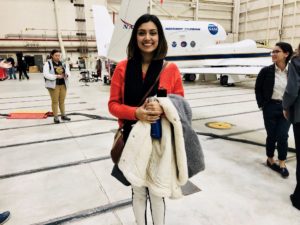
Personally, my ideal career path is to work in the field of virtual and augmented reality. Before coming here, I didn’t know how this internship would necessarily help me in my goal, but I’ve learned that aerospace is in fact a leading industry for this technology. Armstrong also has an amazing set of flight simulators that I’ve been fortunate enough to encounter firsthand – I even got to do a couple of barrel rolls on an F-15! Since PRANDTL-M is a Unmanned Aircraft Systems project, I’ve learned about the potential benefits of VR components on unmanned missions. Imagine a totally unmanned spacecraft, millions of miles into space, controlled virtually. We might soon find that fact is, truly, stranger than science fiction. I can’t wait to see what NASA does with this emerging technology.
I’ll end with the coolest thing about my internship: the sonic booms. We hear them every day in our office and rate them based on how much our building shakes. If the mug on my desk falls over, it’s a 10. 🙂

